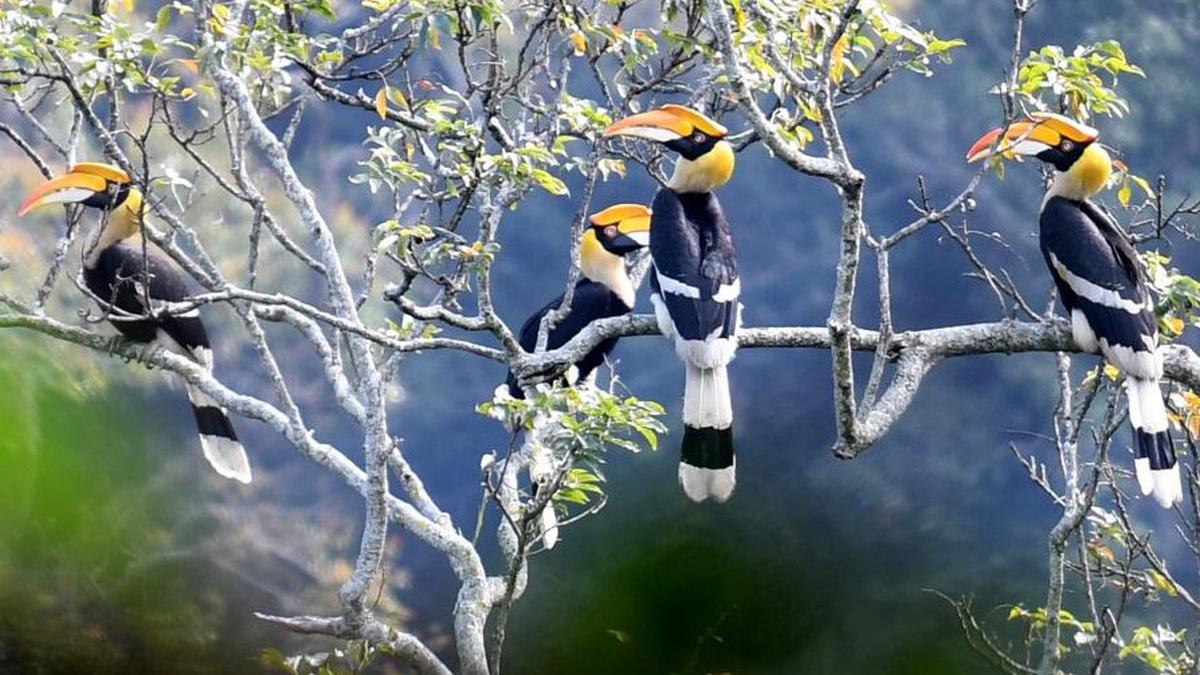Home / Environment / Endangered Ecosystems: IUCN Flags Threats to India's Natural Wonders
Endangered Ecosystems: IUCN Flags Threats to India's Natural Wonders
24 Oct
Summary
- Western Ghats and two national parks in India categorized as "significant concern"
- Climate change, tourism, invasive species, and roads pose biggest threats
- Only 57% of Asia's World Heritage sites have positive conservation outlook by 2025

According to the IUCN's World Heritage Outlook 4 report released in October 2025, India's expansive Western Ghats and two national parks—Assam's Manas and West Bengal's Sundarbans—have been categorized as being of "significant concern" for the preservation of their natural values and attributes.
The report identifies four major threats to natural World Heritage sites in South Asia: climate change, tourism activities, invasive alien species, and roads. It notes that the percentage of sites with a positive conservation outlook has decreased significantly, from 63% in 2014-2020 to only 57% projected for 2025.
The Western Ghats, a biodiversity hotspot older than the Himalayas, is highly endangered due to factors like hydropower projects, plantations replacing natural ecosystems, and climate change forcing fauna to adapt by moving to higher altitudes. The Sundarbans mangroves also face threats from rising sea levels, salinity, and unsustainable resource extraction.
Advertisement
While some Indian sites like the Great Himalayan National Park and Kaziranga National Park are rated "good with some concerns," the overall picture for the country's protected areas is concerning. Conservationists warn that urgent measures are needed to improve the long-term conservation outlook for these natural wonders.




